There were no Chinese brands exhibiting at the 2022 New York Auto Show, which returned to the Javits Center in Manhattan in mid-April after a two-year hiatus due to the pandemic.
But that didn’t mean they weren’t part of the narrative at the show.
Being on this side of the world on the east coast of the U.S. and only a three-hour drive away from the Big Apple, it was too close to me to pass up. So I decided to head down on the first press day on April 13 to check it out myself.
Me being an automotive and EV enthusiast, I was looking forward to that feeling of attending an in-person and live auto show again: nothing beats seeing and touching some of the new cars up close, and talking to executives and industry professionals on the show floor. It was simply another chance for me to learn about the latest industry trends and even try out a few of the latest EVs on the indoor EV test track.

While the New York Auto Show is the longest running auto show in North America dating back to 1900, in terms of scale it’s more of a regional auto show positioned below the Detroit Auto Show and LA Auto Show which are relatively more global and bigger. And it pales in comparison to Beijing, Shanghai, Guangzhou and Chengdu, the four premier auto shows held annually in China.
High expectations for Chinese EVs
Nevertheless, I had expected that it was only a matter of time before Chinese EVs would be brought up in conversations. Afterall, the World Car Awards were being dished out, Vietnamese smart EV startup VinFast was again making new announcements of their fast & furious entry into the U.S., and the Chinese smart EV startup trio of NIO, Xpeng and Li Auto were all listed on the NYSE.
Lo and behold, not 30 minutes into the World Car Awards breakfast before the start of the show in the morning, the “Big 3” was brought up by one of the speakers as part of the ongoing wave of the global EV evolution. The conversation with three guys representing a Ford Mustang Club from New Jersey at the table where we sat during the ceremonies quickly turned from the Mustang branding for the Mach-E to China surpassing the U.S. as the largest market for Lincoln, which recently debuted the brand’s first ever all-electric concept. I obviously told them about the Mach-E being locally produced in China and what’s going on in the Chinese smart EV space led by the “Big 3,” and they told me: the Chinese brands will have a lot of opportunities in electric vehicles (here in the U.S.).

The Hyundai IONIQ 5 was the biggest winner at the New York Auto Show, scoring a hat trick by garnering the World Car of the Year, World Design of the Year and the World EV of the Year awards. In fact, out of a total of six awards presented, there was only one model that was not an EV (the Toyota Corolla Cross getting the Urban Car of the Year award), the World Luxury Car of the Year went to the Mercedes EQS, while the World Performance Car of the Year went to the Audi e-tron GT. For two consecutive years, the WCOTY award has gone to an EV (last year, it was the Volkswagen ID.4). That shows you the sign of the times and I thought to myself, the world has woken up to China, where the tipping point for EVs has already passed. Going forward, I can’t imagine another ICE model winning any of those awards, and it would be only a matter of time before a model from a Chinese smart EV startup wins one and I’m predicting it will happen by mid-decade.
US based startups paying attention to Chinese EVs
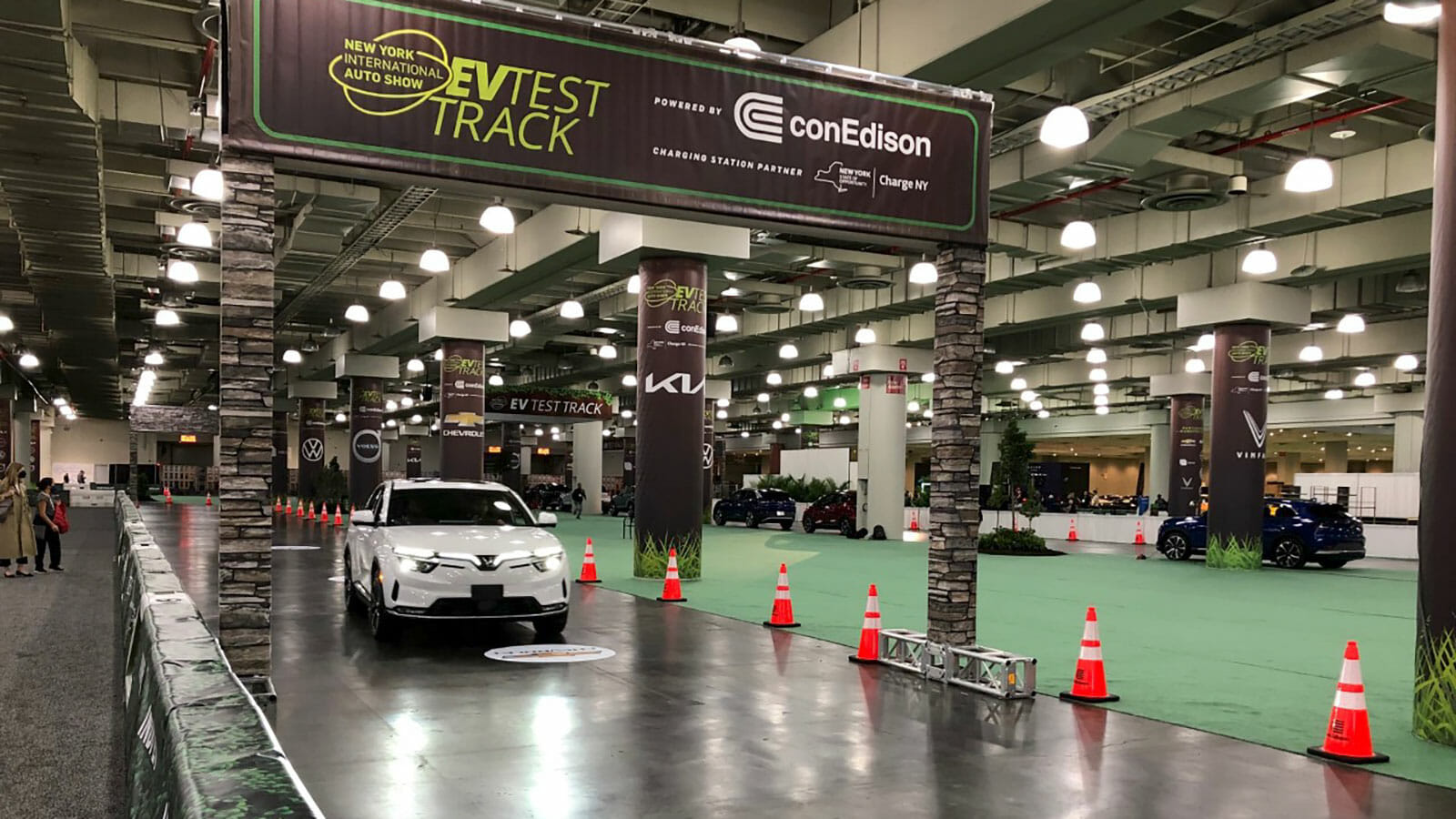
During the day, I got to ride in several EVs at the EV test track, including the VinFast VF 8, INDI ONE, Kia EV6 and the Volvo C40 Recharge. I also got to ride the IONIQ 5 and the Ford F-150 Lightning in the mini tracks set up outside of their respective booths. The VinFast VF 8 was surprisingly good in terms of built and perceptive quality including the interior. The F-150 Lightning, which is getting its Job 1 production on April 26 at the Rouge Factory in Dearborn, was a monster like its ICE sibling. The IONIQ 5 was surprisingly roomy for a car of its size, very retro with its pixel design language and offered a good balance in terms of HMI with both touch screen and physical buttons. I think those are the reasons why it won the WCOTY award.
But the most interesting and quirky EV I test rode in had to be the INDI ONE EV, which was really a prototype, unlike the other ones I tested which were either production or near-production cars. The prototype still had Windows icon bar showing at the bottom of the screens, was full of holes that you could see parts through and was rather shaky during the ride. It was gutsy for INDI to even put that car out there and have people including the media test ride it, but I guess that’s a startup mentality.
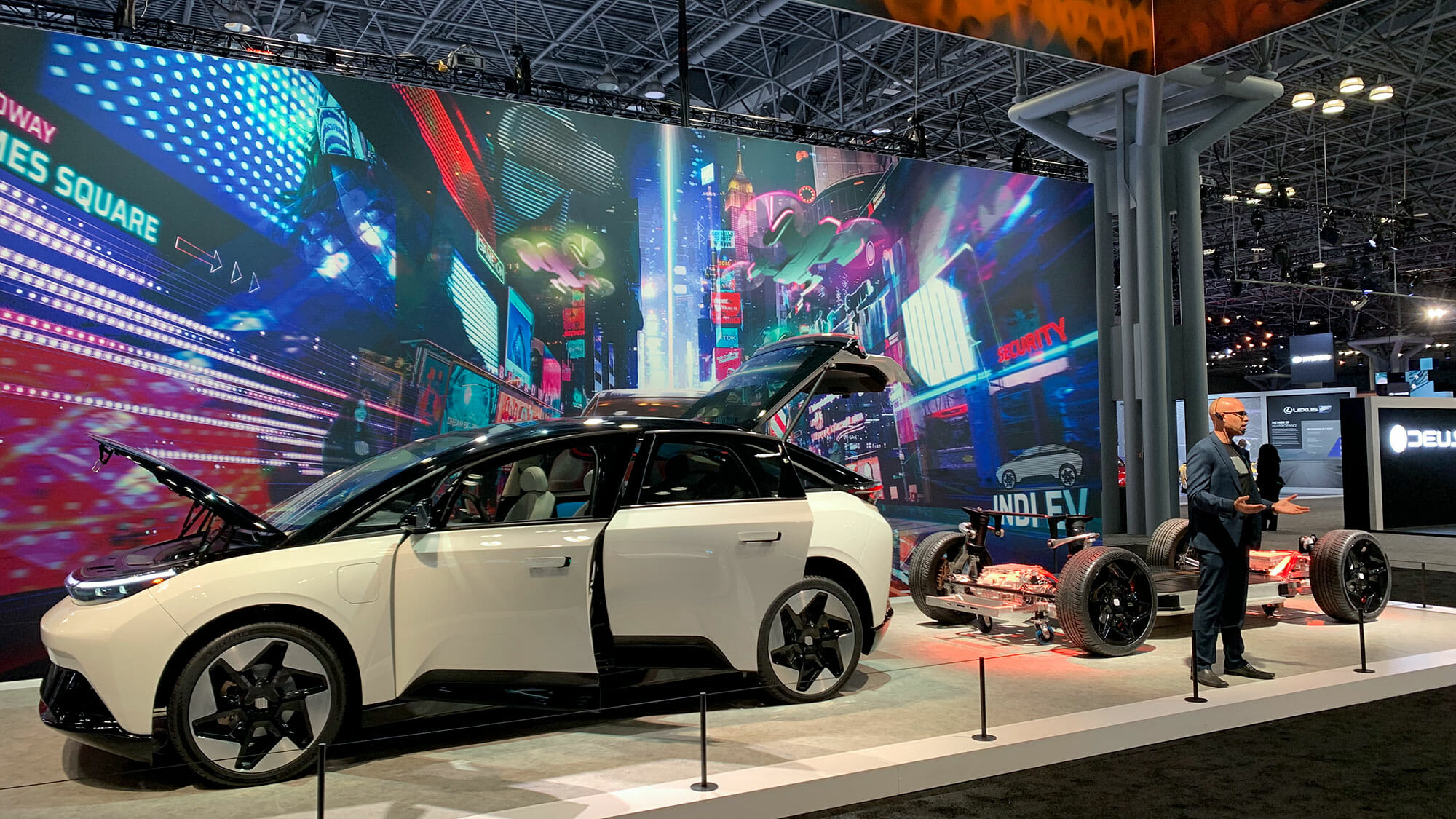
INDI EV Press Conference.
Speaking of mentality, I had a chance to talk to Andre Hudson, head of design at the California startup, which likely has some Chinese influence with quite a few of their senior executives being Chinese, right after the press conference. I asked him about the likelihood of competition from the Chinese smart EV startups coming into the U.S. and here’s what he said: “Certainly everybody is a competitor, there’s some great new products, it’s amazing the landscape in the next 2-3 years, the change completely with the plethora of EVs in the marketplace and we’ll certainly see them. Maybe 4 or 5 years ago as an auto designer, you didn’t really care about what was happening in China, today to me it has some of the most innovative and advanced design as well. So we’re certainly staying aware of what’s happening and knowing anytime those products will come.”
INDI’s strategy is to work with a lot of partners to shorten development time, according to Hudson, and that showed with the skateboard drivetrain set up at the booth showing front and rear motors supplied by none other than the well-known Chinese e-motor supplier Jing-Jin. Who said there were no Chinese brands represented at the show?!
Over at VinFast’s booth, Zerolight, a cloud-based visualization platform for automotive sales and marketing that was showing something that it did for the VF 8 on a large LCD screen, Chief Strategy Officer Barry Hoffman told me in a brief conversation that they were also looking to work with the Chinese smart EV startups and other Chinese automakers. The company already has staff working on the ground in China.
These were just some of the Chinese (EV) narratives at the New York Auto Show. When the Detroit Auto Show comes back in September, or Auto Mobility LA returns in November, those narratives might turn into Chinese smart EV brands actually exhibiting at those events.
【日本語訳記事】
2022年ニューヨーク国際オートショーで垣間見えた「中国EV」の立ち位置
Report by Lei Xing
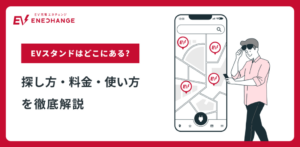
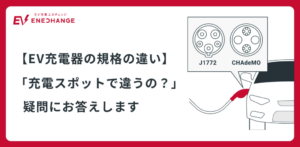
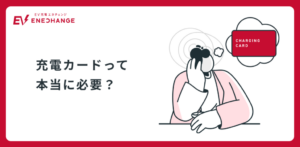

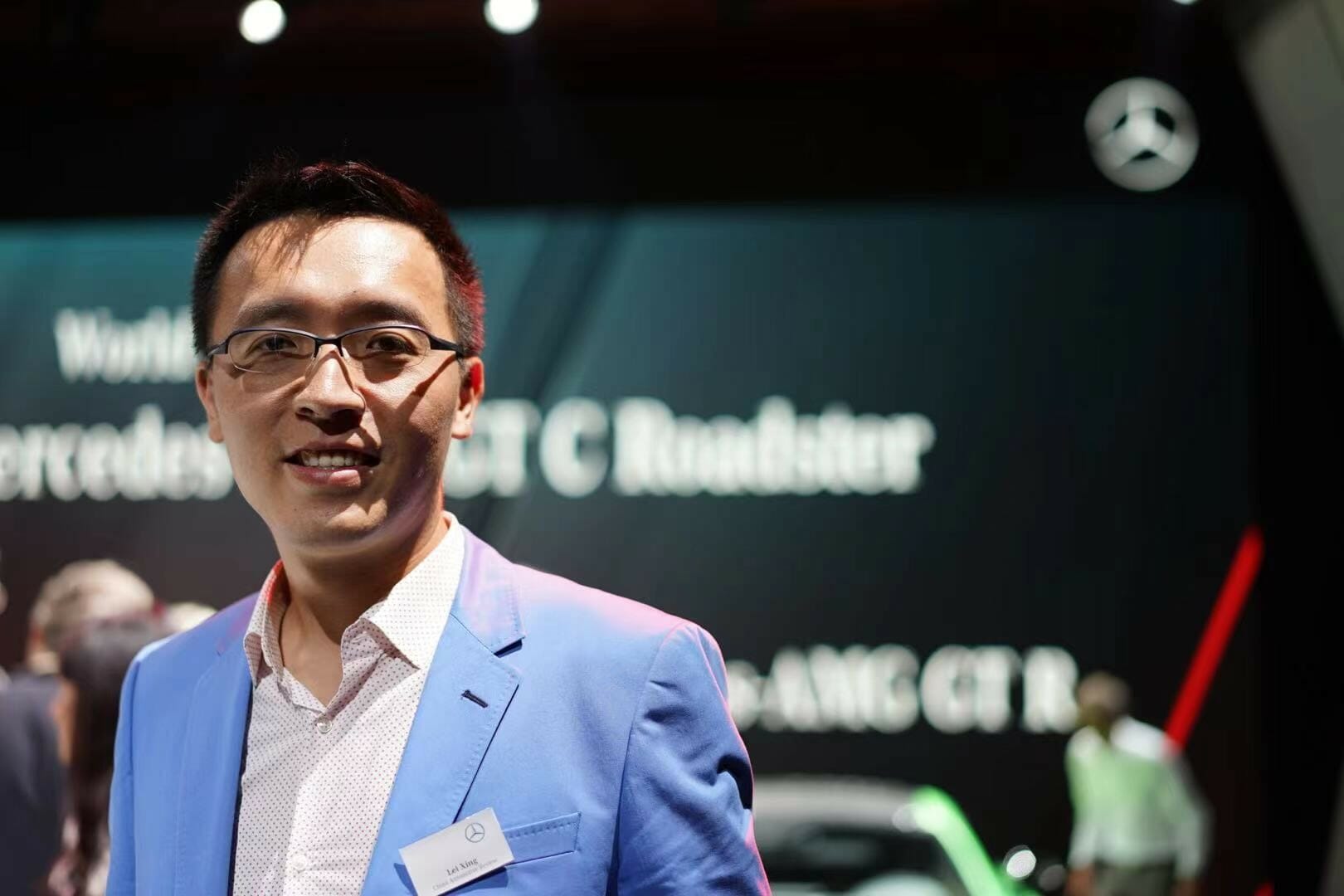
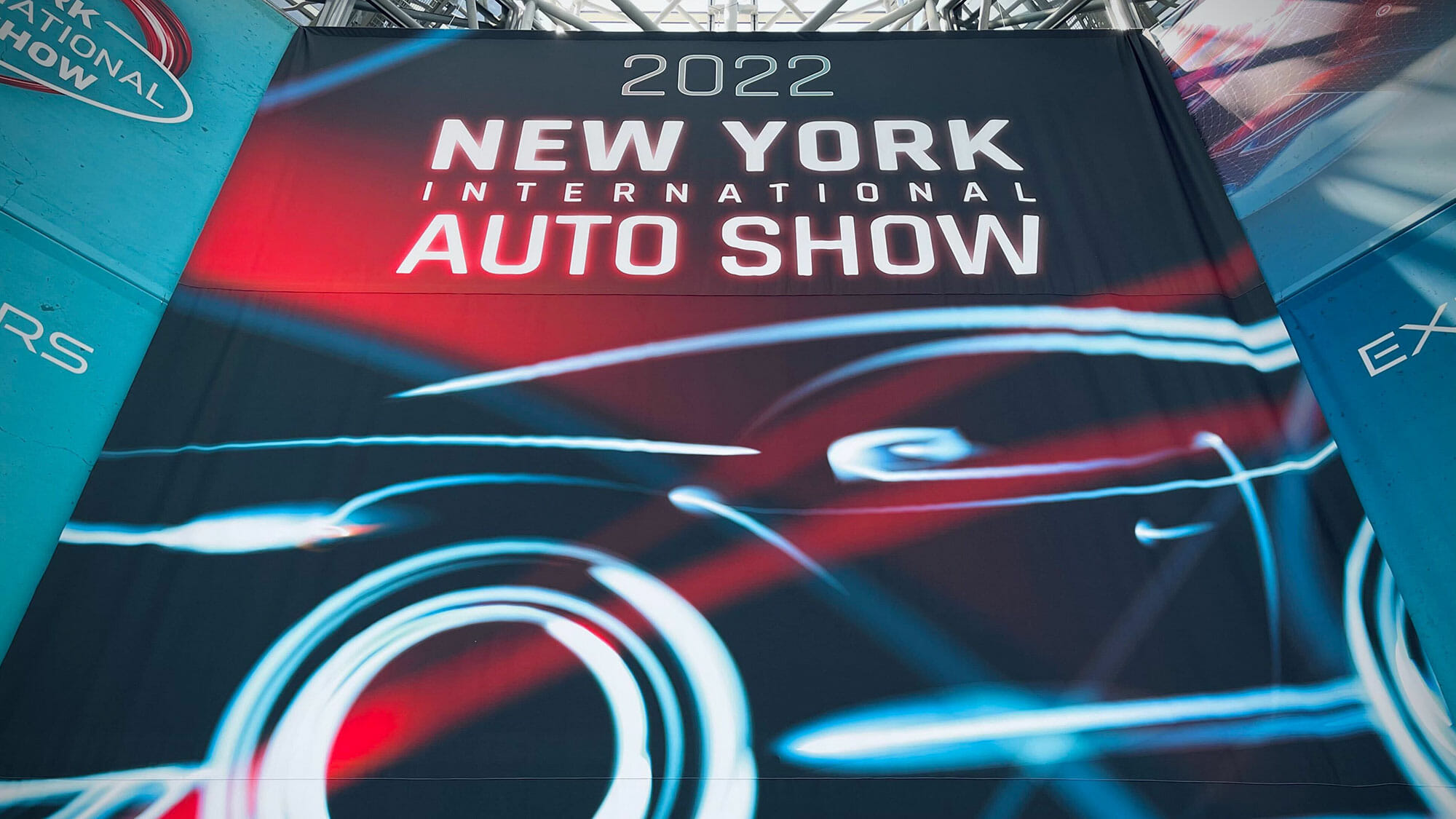
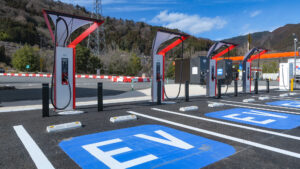
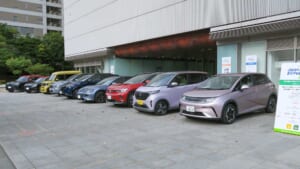
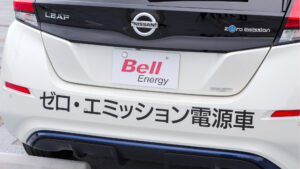

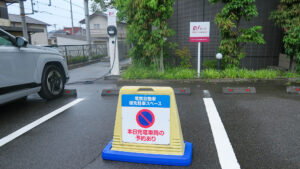
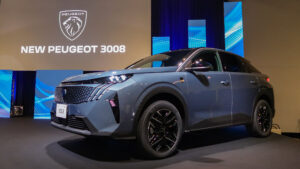


コメント